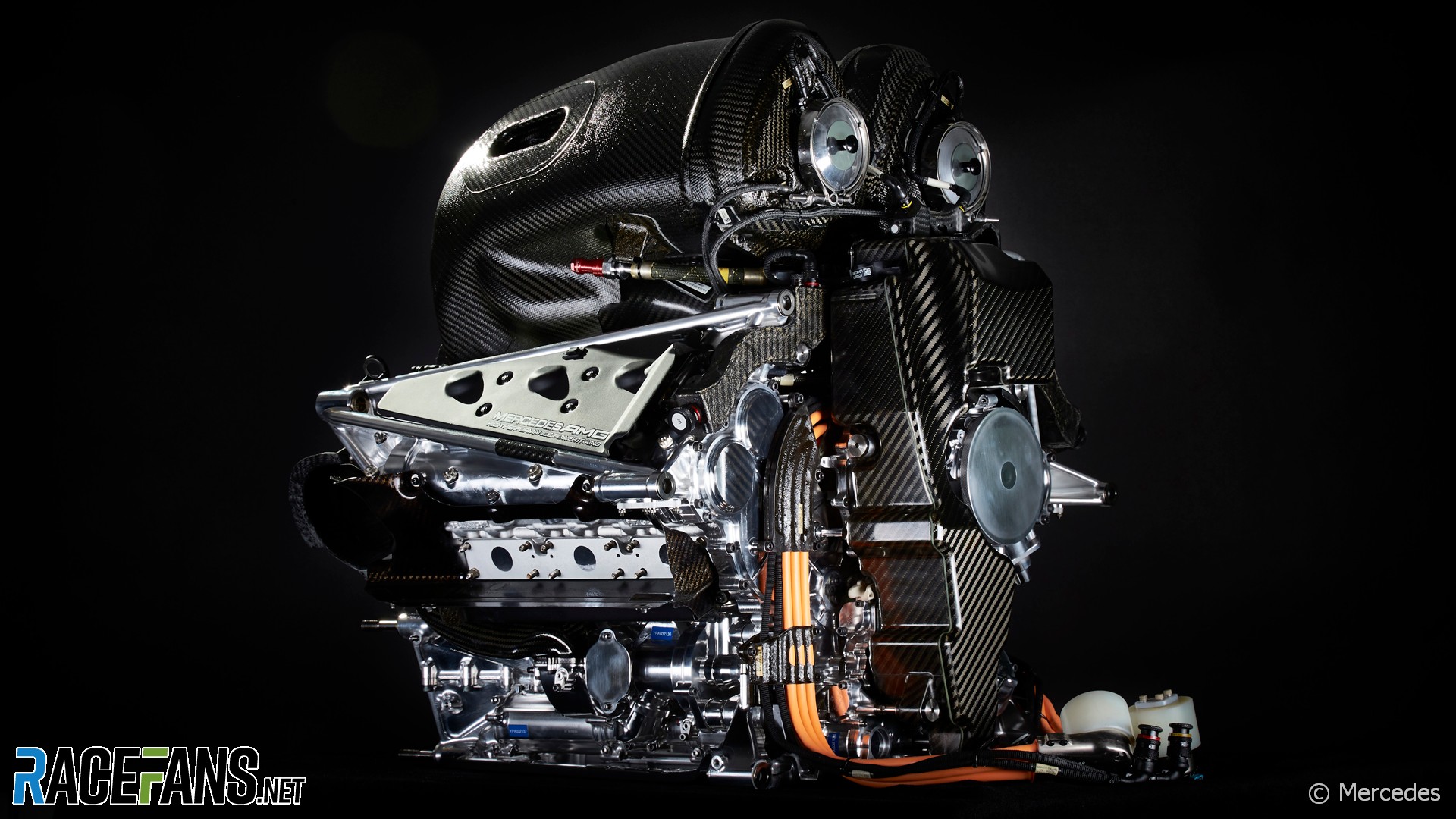Formula 1 teams believe there is much room for improvement in the planned new rules for 2026 announced this week.
While team bosses expressed support for the goals behind the changes, they see many potential problems with the draft regulations revealed by the FIA.
The regulations must be approved by the end of the month in order to be introduced in 2026. But after seeing the first version of the rules Aston Martin team principal Mike Krack believes they are “quite far away still from the final one.”
McLaren team principal Andrea Stella said his team also “are in agreement and we support the intent and the objectives at high level that were stated in the press release.
“However, if we look at the regulations in the draft form that has been circulated, they are still far from being able to achieve those agreeable objectives and intent.”
He said the teams and the FIA, as well as Formula One Management need to “contribute to form a solution that will allow the sport to meet those objectives.”
The four team principals in yesterday’s FIA press conference described seven problem areas with the rules.
Weight
F1 cars in 2024 are almost 200 kilograms heavier than they were 15 years ago, albeit including an 80kg allowance for drivers which was added five years ago. Even without that, the cars of today are 17% heavier than their predecessors from 2009.

The FIA intends to partially reverse that in 2024. It has set the minimum weight limit at 768kg, down from 798kg. But teams believe even this modest reduction will be hard to achieve.
“I don’t think anyone will hit that weight target particularly,” said Williams team principal James Vowles, whose 2024 car began the year over the minimum weight limit. “It’s going to be incredibly difficult.
“I think that needs reviewing because, as someone that spends their life going through marginal gains, taking weight out of a car, it’s not a fun thing to do.”
Car weights have risen due to several reasons including the introduction of hybrid power units in 2014, the addition of stronger impact-resistant structures such as the Halo in 2018, and the move towards the greater use of standardised components.
Advert | Become a RaceFans supporter and
Power unit use

Click Here to Read the Full Original Article at RaceFans…

